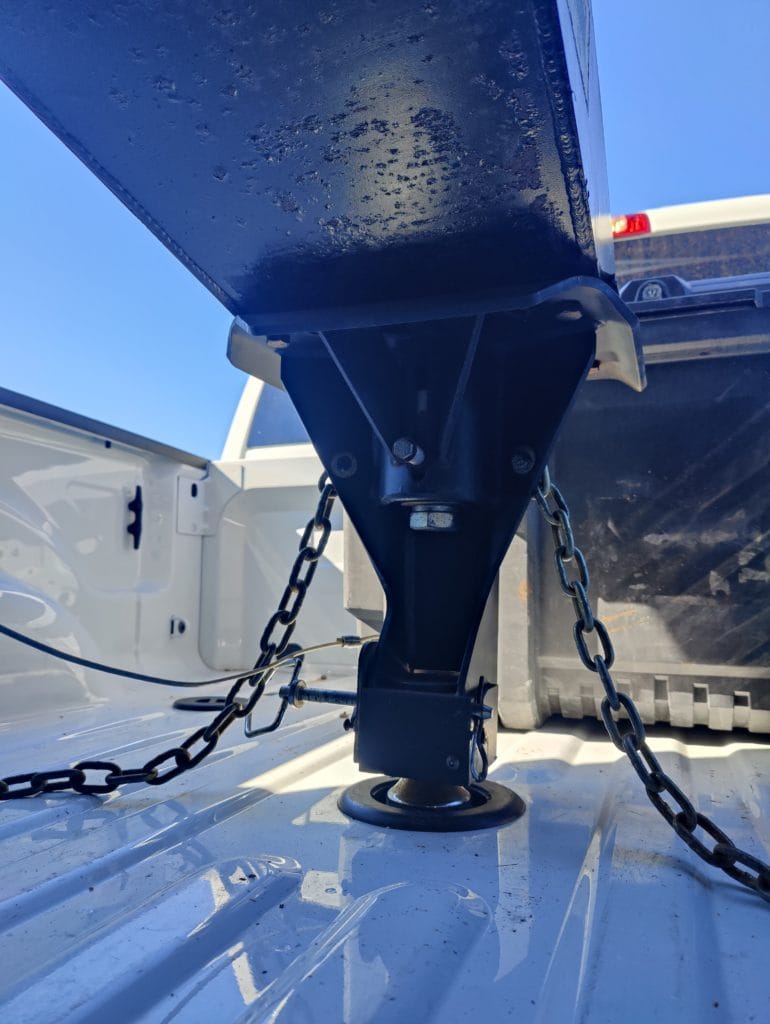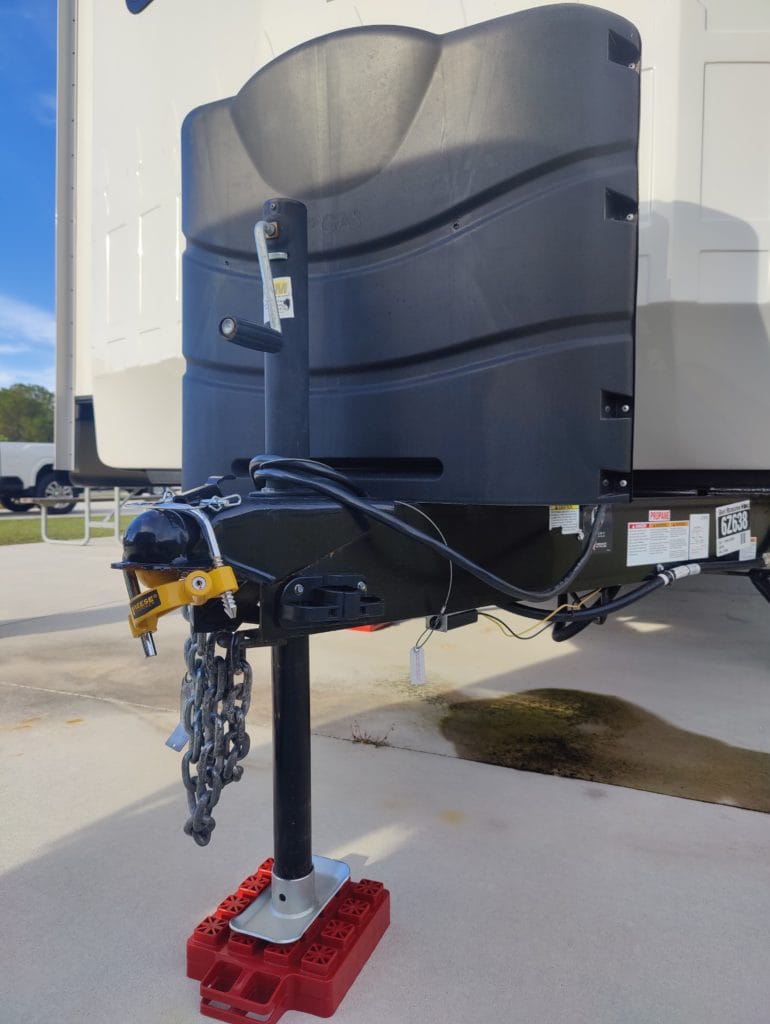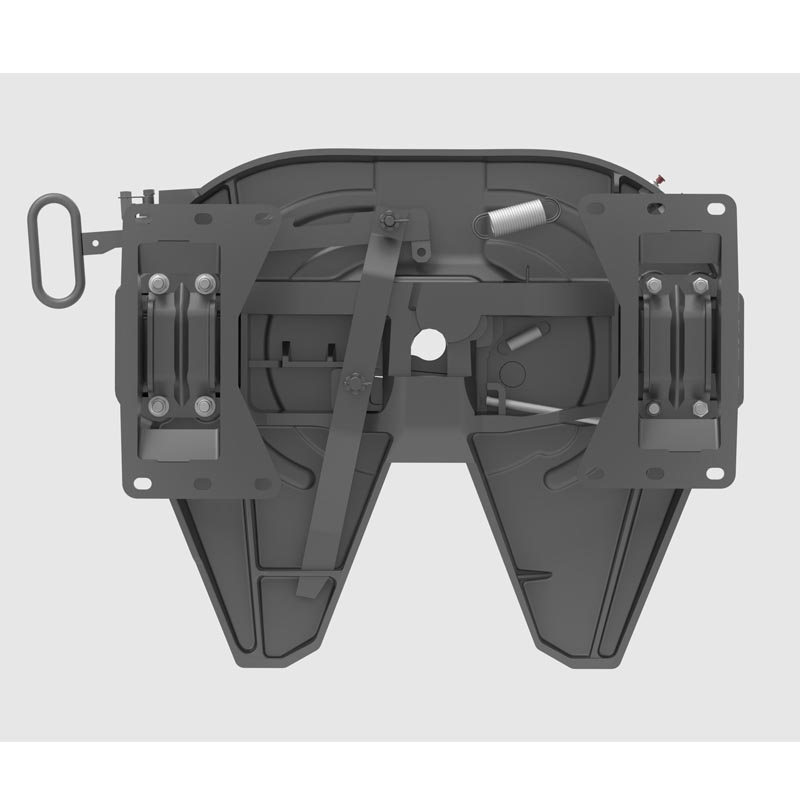
- Afracach
- Albanach
- Amáireach
- Araibis
- Airméinis
- Asarbaiseáinis
- Bascais
- Bealarúisis
- Beangáilis
- Boisnis
- Bulgáiris
- Catalóinis
- Cebuano
- tSín
- An tSín (Taiwan)
- Corsaicis
- Cróitis
- Seiceach
- Danmhairgis
- Ollainnis
- Béarla
- Esperanto
- Eastóinis
- Fionlainnis
- Fraincis
- Freaslainnis
- Gailísis
- Seoirseach
- Gearmáinis
- Gréigis
- Gúisearáitis
- Criól Haiti
- háis
- Haváíais
- Eabhrais
- Ní hea
- Miao
- Ungáiris
- Íoslainnis
- igbo
- Indinéisis
- Gaeilge
- Iodálach
- Seapánach
- Iávais
- Cannadais
- casaicis
- Ciméiris
- Ruanda
- Cóiréis
- Coirdis
- Chirgeastáin
- Saothair
- Laidin
- Laitvis
- Liotuáinis
- Lucsamburgach
- Macadóinis
- Malagásais
- Malaeis
- Mailéalaimis
- Máltais
- Maorais
- Maratí
- Mongóilis
- Maenmar
- Neipealais
- Ioruais
- Ioruais
- Occitan
- Paistis
- Peirsis
- Polainnis
- Portaingéilis
- Puinseáibis
- Rómáinis
- Rúisis
- Samóis
- Gaeilge na hAlban
- Seirbis
- Béarla
- Shona
- Sindhi
- Siolóinis
- Slóvaicis
- Slóivéinis
- Somáilis
- Spainnis
- Sundais
- Svahaílis
- Sualainnis
- Tagálaigis
- Táidsíc
- Tamailis
- Tatairis
- Teileagúis
- Téalainnis
- Tuircis
- Tuircméinis
- Úcráinis
- Urdais
- Uighur
- Úisbéicis
- Vítneaimis
- Breatnais
- Cabhrú
- Giúdais
- Iarúibis
Aibreán 24, 2024 11:22 Ar ais chuig an liosta
DO THREOIR CHUN RV cúplálaí cúigiú roth a tharraingt
According to a report by the RV Industry Association, more than 11 million households in the United States now own an RV. And if you are interested in joining the ranks of RV owners—especially if you’re looking to buy a travel trailer or cúigiú roth—it’s important to know exactly what towing an RV will entail.
Here we’ve put together a helpful guide that aims to answer all of your towing questions. This covers everything from choosing the right tow vehicle to understanding towing capacity to knowing the different hitches. Our goal is not only to educate but to help you feel confident and comfortable when pulling an RV behind you.
An cúigiú roth réitigh JSK ardchaighdeáin 37C
AG ROGHNÚ NA FEITHICLE CEARTA TOW
We highly recommend choosing your RV before buying your tow vehicle. This way you’ll know exactly how much your RV weighs before you figure out how much weight your tow vehicle will need to pull. When figuring out how much your RV weighs, be sure to ask your dealer about both the dry hitch weight (how much the RV weighs when it is empty) and the cargo carrying capacity (the maximum amount of weight you can add to your RV). On average, your RV will weigh 1,500 pounds more once it’s been filled with water, gas and gear.
Once you know your RV’s total weight, then you can look to find a tow vehicle that matches it. If possible, opt to have a tow package added to your RV so you can maximize your towing capacity. If you already have a vehicle that you plan to use to tow your RV, make sure you buy an RV that doesn’t exceed the weight limit that your current vehicle can pull. This is where you’ll need to understand your vehicle’s towing capacity.
CUMAS Tarraingthe
Towing capacity is the maximum amount of weight your vehicle can tow when pulling your RV. This number lets you know exactly how heavy your trailer can be. If you don’t know your towing capacity and try to pull a trailer that is too heavy, you could end up in a very dangerous situation so it’s vital to know your tow vehicle’s limits.
To determine maximum towing capacity, you’ll need to find out the vehicle manufacturer's weight ratings and compare them to the weight of your RV. You can usually find your vehicle’s weight rating on the inside of the driver door or in the owner’s manual. If the vehicle's ratings are higher than the total weight of the RV, then the RV is safe to tow.
Another good number to know is the Gross Combined Weight Rating (GCWR). This number is established by the vehicle’s manufacturer and represents the maximum weight the vehicle can handle with an RV attached. The GCWR takes into consideration the weight of the vehicle’s axles, wheels, suspension system, and frame, as well as the weight of the RV. You can also find the GCWR in your owner’s manual, or you can call your dealer or vehicle manufacturer and give them your VIN number and they should be able to tell you the specific GCWR.
HITCHES
In addition to towing capacity, you’ll also need to understand the different types of RV hitches. Whatever hitch you choose is heavily dependent on the type of RV you purchase, so we’ve listed three basic hitch types and their corresponding RV types here.
HITCH AN CÚIGIÚ RATH:
This hitch is specifically used for towing fifth wheels. It is installed inside the bed of a truck and sits above the bed of the trailer. The trailer then attaches to the truck with a kingpin mechanism. These hitches are able to handle a lot of weight (anywhere from 16,000 to 30,000 pounds) due to the fact that the fifth wheel’s weight is pressing down directly over the rear axle of the truck.
HITCH GOOSENECK:
Is rogha eile hitch é seo don chúigiú roth ach seachas kingpin a úsáid, úsáideann an córas hitch seo liathróid agus cúplóir. Is fearr le roinnt daoine gooseneck hitches mar go nglacann siad níos lú spáis i leaba trucaile agus is féidir leo níos mó meáchain a tharraingt ná hitch cúigiú roth (30,000 punt). Is iontach an rud é cuingeanna geimhle do chúigiú rotha níos troime, cosúil le tarlóirí móra bréagán.

Dlúth-suas de hitch geoseneck, a úsáideann meicníocht liathróid agus cúplála, hooked suas i leaba trucaile.
HITCH DÁILEADH MEÁCHAIN:
Úsáidtear an córas hitch seo go coitianta le haghaidh leantóirí taistil níos troime (suas le 15,000 punt) agus ligeann sé duit an acmhainn uasta a tharraingt. Murab ionann agus hitch tuairteora caighdeánach ina bhfuil meáchan uile an leantóra ina shuí ar chúl na feithicle tarraingthe, leathnaíonn an hitch dáileacháin meáchain meáchan an teanga ar fud na n-acastóirí go léir. Is féidir leat an bac seo a úsáid freisin le haonad rialaithe sway chun cabhrú le smacht a laghdú agus tú ag tiomáint.
HITCH tuairteora CAIGHDEÁNACH:
Ar a dtugtar freisin hitch iompraíochta meáchain nó neamh-meáchain, úsáidtear an córas hitch seo go príomha le haghaidh leantóirí taistil níos lú (3,500 punt). Cosúil leis an hitch gooseneck, úsáideann an córas seo liathróid agus cúplóir freisin, agus meáchan an leantóra ag luí go díreach ar thuairteoir d'fheithicil tarraingthe. Tá dhá stíl bhunúsacha ann maidir le hitches tuairteora caighdeánacha: a barra tarraingthe seasta, áit a bhfuil an t-ardán liathróid socraithe go buan leis an hitch; agus a barra tarraingthe inbhainte, áit ar féidir an t-ardán liathróid a thógáil ar aghaidh agus as.

Hitch leantóra taistil, ar a dtugtar hitch tuairteora caighdeánach go coitianta, atá dícheangailte ó fheithicil tarraingthe agus atá feistithe le bloic leibhéalta.
Bunúsanna Tiomána AGUS DO RV á tarraingt
Anois go bhfuil tuiscint níos fearr agat ar conas meáchan a nascadh agus a bhainistiú, seo roinnt leideanna tapa chun do RV intarraingthe a thiomáint.
When towing an RV, keep in mind that you have a lot of extra weight and it’s much harder to slow down. Plus, half the joy of RVing is in the journey so enjoy the drive and focus on getting to your destination safely rather than quickly.
Make sure you maintain some extra distance between you and the car in front of you. It’s much harder to stop quickly with all of the extra weight behind you.
Is í an eochair chun casadh le leantóir ná é a thógáil go mall agus é a thógáil leathan. Ní mór duit go leor spáis a fhágáil chun do RV a leanúint gan an colbha a bhualadh. Agus cuimhnigh, dá fhad a bheidh an leantóir, is amhlaidh is leithne a bheidh ort an seal a ghlacadh.
A good tip for reversing is to put your hand at the bottom of your steering wheel—this way your RV will move in the same direction as your hand. If you move your hand to the left, the rear end of the trailer will go left. If you move your hand to the right, the rear end will go right. Take your time and don’t exaggerate any of your turning motions. Quick turns while reversing can cause your travel trailer to jackknife and damage both your RV and your tow vehicle.
When reversing with a fifth wheel, use the same steering wheel tip as a travel trailer—place a hand at the bottom of the steering wheel and move the steering wheel in the direction that you want the fifth wheel to turn. If you’re backing into a spot, try to angle the fifth wheel away from the driver’s side to keep your visibility clear. We also highly recommend using a spotter any time you reverse a fifth wheel. Have a pair of walkie talkies handy so the spotter can clearly communicate with the driver and help direct. A back-up camera is also helpful and can easily be installed if your fifth wheel doesn’t already have one.
CEISTEANNA A FHÁIL AR DO RV DEALER
- If you already have a tow vehicle, your first question for the dealer should be if your vehicle can actually handle the RV you are considering. Be clear about your tow vehicle's weight ratings and GCWR. Ideally, your dealer should show you different RV models that will put you below your vehicle’s towing capacity to give you some extra flexibility and assurance.
- Ar an dara dul síos, seiceáil agus féach an soláthraíonn do dhéileálaí aon phacáiste hitch breise nó speisialta. Má dhéanann siad, fiafraigh an bhfuil táille suiteála i gceist agus cé chomh fada agus a thógfaidh an tsuiteáil.
- Ansin, fiafraigh an mbeadh do dhéileálaí sásta an RV a nascadh le d’fheithicil tarraingthe. Ar an mbealach seo is féidir leat a fháil amach conas é a dhéanamh tú féin agus is féidir leat a chinntiú go bhfuil do chomharthaí cas agus soilse coscáin péireáilte i gceart leis an RV.
- Agus ar deireadh, iarr ar do dhéileálaí a thaispeáint duit cá bhfuil an greamán faisnéise meáchain leantóra suite. Ba cheart go mbeadh trí uimhir ar an ngreamán seo: Oll-Rátáil Meáchan Feithicle (GVWR), arb é sin an t-uasmheáchan is féidir le do RV a bheith nuair a bheidh sé lánluchtaithe; Meáchan Feithicle Díluchtaithe (UVW), arb é sin meáchan an RV díreach ón monaróir; agus Rátáil Ollmheáchan Acastóra (GAWR), arb é an t-uasmheáchan is féidir a chur ar acastóirí na feithicle.
Tá súil againn go gcabhróidh an treoir seo leat muinín a bheith agat faoi RV a tharraingt. Má tá tú armtha leis an eolas ceart agus tá a fhios agat cad iad na ceisteanna a chur, a fháil ar an leantóir foirfe níos éasca ná mar a cheapann tú. Thairis sin, níl aon rud níos fearr i ndáiríre ná a bheith in ann do theach a thabhairt leat ar an turas.
-
jost-fifth-wheel-weight-capacity-explained
NuachtAug.23,2025
-
preventing-rust-on-fifth-wheel-plates-for-semi-trucks
NuachtAug.23,2025
-
light-weight-fifth-wheel-tire-care-guide
NuachtAug.23,2025
-
why-off-road-trailers-need-a-heavy-duty-fifth-wheel
NuachtAug.23,2025
-
step-by-step-guide-to-lubricating-holland-5th-wheel-parts
NuachtAug.23,2025
-
how-jost-fifth-wheels-enhance-trailer-stability
NuachtAug.23,2025
